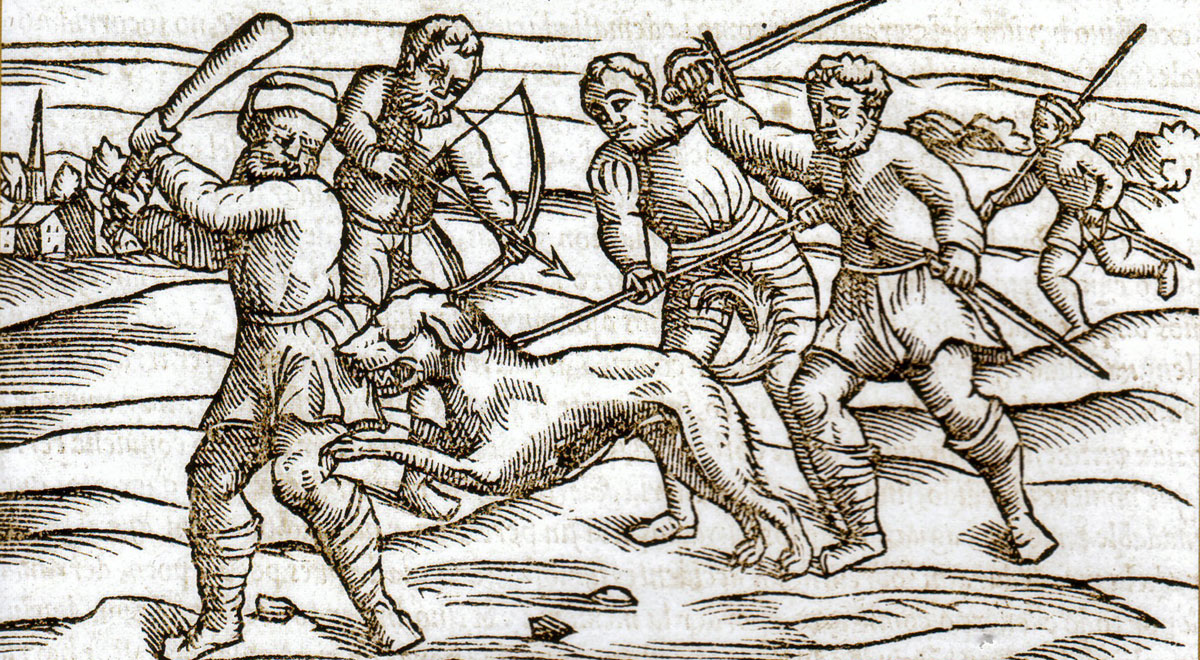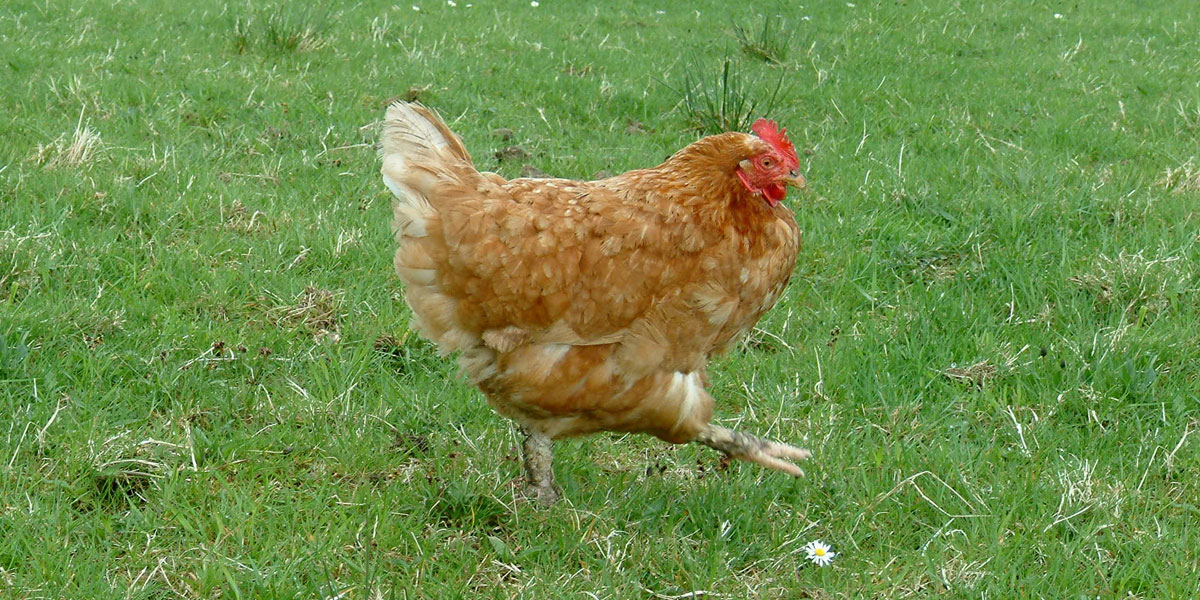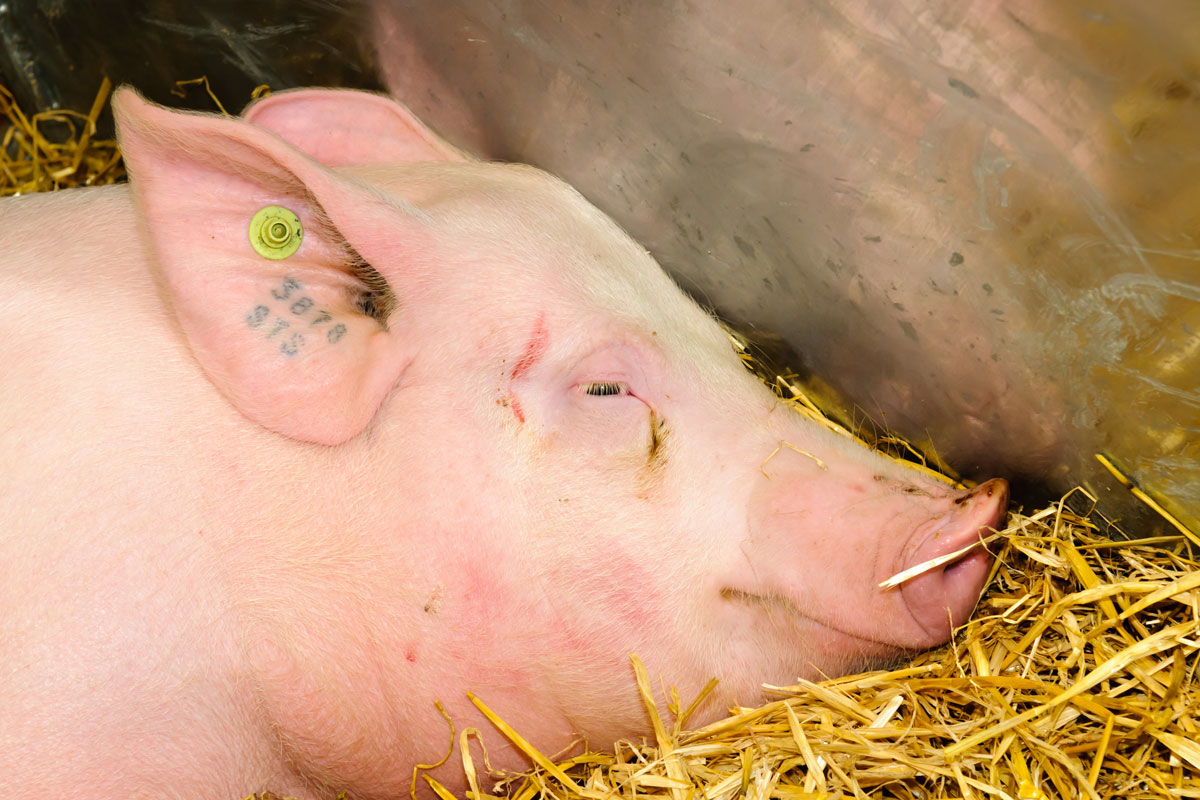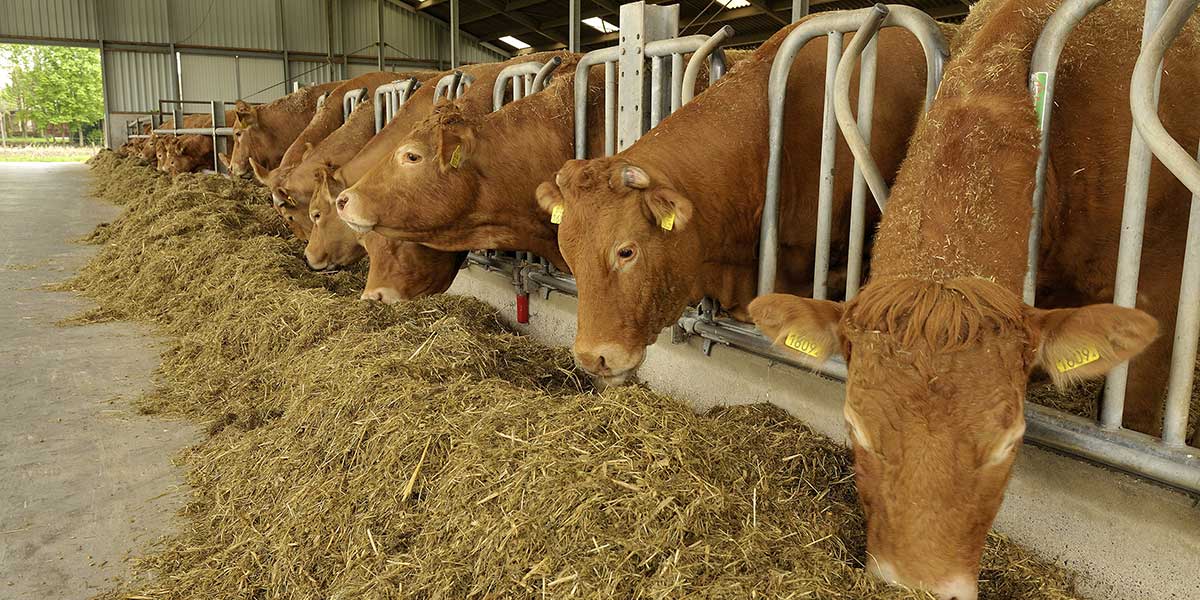
Continue reading “The Importance of Pet Rabies Tags”
For Fans of Felines,
Five Famous Poems

Celebrating Cats for National Poetry Month
What sort of philosophers are we, who know absolutely nothing of the origin and destiny of cats?
— Henry David Thoreau
The beginning of the relationship between humans and Felis silvestris catus is lost to time. It goes back at least 10,000 years—before even the inhabitants of ancient Egypt “tamed” those early housecats.
And that relationship has always been much more than just a convenient, mutually beneficial domestic arrangement between Man and Animal. Something about the eyes, the attitude, the motion of a cat opens doors into a world beyond the human experience that is exquisitely sensuous and mysterious, even magical.
Because of their own capacity for “seeing beyond” and delving into the mysterious, artists have always been attracted to cats as worthy subjects of their art: drawing, painting, and sculpting them in countless ways to reveal at least a little of that ineffable mystery which surrounds them like an aura. And, of course, for centuries poets have not been able to resist writing about them.
Continue reading “For Fans of Felines,
Five Famous Poems”
Ballad of the Chicken Leg Band

Bessie was a stately hen
Who pecked her fill in dirt and sand.
The one thing missing from her life
Was this: a pretty poultry band.
For just as girls love bracelets, so
All chickens worth their salt demand
To wear on leg the height of fashion:
That is, a Ketchum poultry band.
Continue reading “Ballad of the Chicken Leg Band”
The ABCs of Hog Tattooing

One of the most basic goals of good livestock management is to keep track of your animals, which means employing a reliable system of identification. Among the various methods available to positively identify cows, sheep, goats, pigs, and other livestock, the most common include tagging (with plastic ear or neck tags); and, at the high-tech end, RFID (radio frequency identification) using a transponder to relay the animal’s info and location.
Whatever method you adopt, it should be appropriate for the type of animal and the size of the herd. Moreover, since none of the aforementioned methods is completely foolproof—ear tags can fall off, transponders can malfunction—it is prudent to have a redundant identification system in place.
Whether used as the primary system or a backup, one of oldest and the most reliable methods is animal tattooing, which is especially popular among hog farmers. Not only is hog tattooing reliable, it is fast, simple, portable, and cost-effective. It is also suitable for every stage of the hog’s productive life cycle, from piglet to farm to slaughterhouse to market. Last but not least, hog tattooing enjoys the advantage of being a permanent form of identification.
Continue reading “The ABCs of Hog Tattooing”
Industrial Valve Tags Demystified
[Infographic]

If you are an HVAC engineer or building maintenance manager, do you prefer to do things the easy way—or the hard way?
The answer should be obvious; yet the question is more than a rhetorical one.
In the masterful 1985 sci-fi comedy Brazil, filmmaker Terry Gilliam depicts a bleak, dystopian industrial society where everything is done the hard way. In this satirically imagined dysfunctional world, all machines are Rube Goldberg devices that function poorly, if at all. Electric wires dangle from shower heads. Individual telephones each have their own switchboard. Computers consist of bare cathode ray tubes from which big black hoses protrude. And—as seen in this clip from the film—the hardware innards of buildings are revealed to be an impossibly complex, hopelessly tangled muddle of unlabeled cables, ducts, pipes, valves, and rubber bladders. It is a plumber’s and pipefitter’s worst nightmare.
Continue reading “Industrial Valve Tags Demystified
[Infographic]”






